US-Sport
MLB: Yankees after off: Back to master plan
The New York Yankees failed at the Boston Red Sox in the American League Division Series. The reasons for the early end in the MLB Playoffs 2018 are complex, but can be reduced to a few central points. An old master plan is now moving back into focus.
Against no other team does the Yankees and their followers find such a bankruptcy harder than against the Red Sox, the archrivals. But that’s almost irrelevant when you consider that New York had set themselves the goal for this season of taking the final step that had been denied them last year after seven ALCS games: reaching the World Series.
This year, instead, one round is already over early. And even though it was tight in large parts of this series, the ultimate outcome seemed almost consistent.
For many, the Yankees were perhaps the least impressive 100-win team ever. Sure, they won 100 games, which not many teams in baseball manage. But especially in the second half of the season the naked eye gave a different impression. Be it the 34 Passed Balls, which Catcher Gary Sanchez produced despite a shortened playing time due to injury – or his generally weak striking performance. Or the numerous base-running mistakes that Rookie Gleyber Torres just afforded.
The American likes to speak of “Lack of Hustle”, the players apparently lacked the necessary intensity on the court. Everything went quite comfortably. Remarkable: Although the Yankees hit the most home runs of all time and produced the second most runs in total, they were only average with runners in scoring position. Too often the predominantly young hitters cramp in these big situations. In addition at least the starting pitching of the Yankees was shaky at best.
Tendencies that may not be so tragic over a long season, but that can and have come out brutally in a short series in October!
Already in game 1 all known problems came to light: The starter (J.A. Happ) failed (2+ IP, 5 ER) and the offense faltered – 1-7 with RISP. In game 3 the same: Starter (Luis Severino) underground (3+ IP, 6 ER) and no offense (0-4 with RISP, 5-31 total). Game four? Of course the same: weak starter (CC Sabathia: 3 IP, 3 ER) and hardly any offensive (1-5 RISP, 5-30 total).
To make matters worse, manager Aaron Boone had an almost anemic idea. The rookie, who was mainly called for his closeness to the young players and his affinity for analytics. He and Alex Cora of the Red Sox were the first rookie managers to meet in the playoffs after 100-season wins. Cora did a good job, which means he wasn’t (massively) in the way of his team.
Boone, who had relied on his current pitcher for too long during the season and sometimes took one or two batteries too late to replace him when in doubt, vowed to be more aggressive in the postseason to prevent any meltdowns. Like the predecessor Joe Girardi, who didn’t torch for long in last year’s Wildcard Game and took Severino out of the game in the first inning – and thus essentially saved the game.
Boone, on the other hand, tended to sleepwalk through the games. In game 1 it was obvious early on that Happ, otherwise known as the Red Sox killer, didn’t have much in his tank. However, after a weak inning and a good one, he left him in the game and allowed him to go two more runs into debt, which ultimately made the difference.
In game 3, then, it basically took a pitch – an unplaced fastball centered over the plate – to guess that Severino was not himself that evening. Severino came out of the first inning without a run, but his three flyouts were all loud – two of the three balls were hard and with an exit velocity of over 100 miles per hour measured by Statcast.
In the second inning the Sox took the lead 1-0, again Severino fought with his location and was partly beaten hard – the lead-off single beat Rafael Devers with 115,7 MPH. Of the 14 balls that the Red Sox brought into play against Severino, seven were beaten hard. So the signs were there for all to see: Severino’s in a bad mood!
There was no bullpen activity and so he was not only to blame for two more runs in the third inning, he even went out with zero bullpen activity for the fourth inning. Severino loaded the bases and only then Boone pulled the ripcord – to bring Lance Lynn the probably most unsuitable pitcher for this situation in his complete arsenal.
Lynn is a starter and if you already bring him as a reliever, then not with loaded bases and no out! The final result was a seven-run inning that completely decided the game. And in game 4 CC Sabathia was allowed to start, who did not complete at least five innings eight times this year – with 27 starts.
He was the only serious option, which in turn underlines the depth of management in this position very well. Maybe an opener would have made sense in this situation? Sabathia started and lost three runs in the third inning, which was almost enough for Boston.
Boone cannot be accused of having started Sabathia or the others mentioned. But he can be blamed for holding on to them for far too long. And: Why did Neil Walker actually play Third Base in Game 4 while the best Yankee rookie of the year, Miguel Andujar, braised on the bench?
Questions that will occupy the front office in the near future. However, the approach to the off-season becomes more exciting. After this failure in the end, the old master plan, which has already been in circulation for a few years and could now be put into practice, comes to the fore again.
The key points: Get rid of old burdens, strengthen the farm system, introduce promising own plants, bring the payroll below the luxury tax limit and as the icing on the cake: hit the market strongly in 2018/19.
Now this plan was meticulously carried out, even if no one would confirm it directly. Including the payroll part, because for the first time since the beginning of the luxury tax, the Yankees are not paying on it this year. The tax rate for the coming season will thus be reduced if the limit is exceeded again.
However, the targets on the market are actually clear: Manny Machado, at least one frontline pitcher and – if it’s to be really luxurious – Bryce Harper. How everything fits into the team structure is stuff for another day. But the goal is clear: to strengthen a team that is still close to the top with external top-class additions to such an extent that the very big litter, the World Series, becomes more likely again.
Of course, Giancarlo Stanton’s engagement last year signaled a slight departure from the original plan, as he made the team a complete contender again in media terms. But overall it was still a team that came along very young and after a surprisingly big success last year it obviously had problems to handle it properly.
A phenomenon that occurs again and again in baseball and is truly not an anomaly. Even if the Yankees still clearly outperformed their previous year’s result with 100 victories.
If you look at the master plan, then the Yankees are fully on target despite this year’s setback. Now comes the hard part: Getting new stars – and then fulfilling the high expectations. The scaffolding’s up, now the roof’s on.
This article was published without prior review by Major League Baseball.


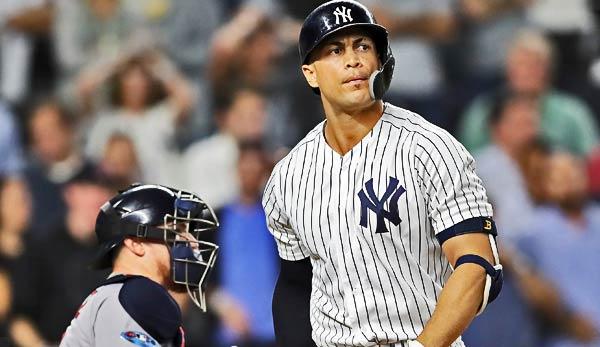


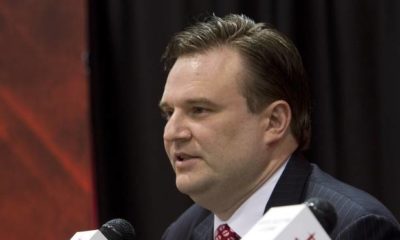

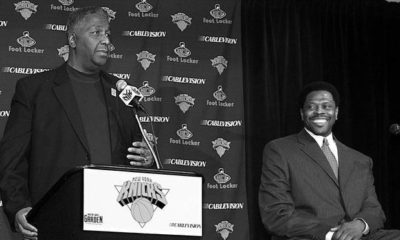
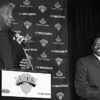
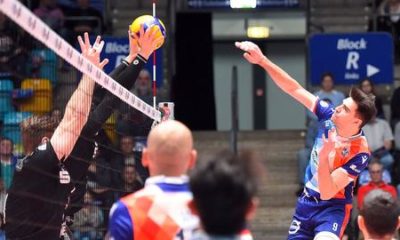
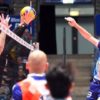
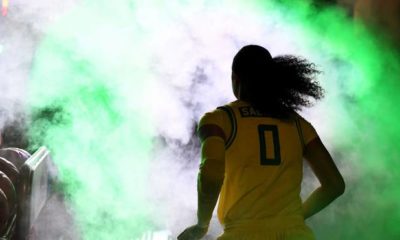


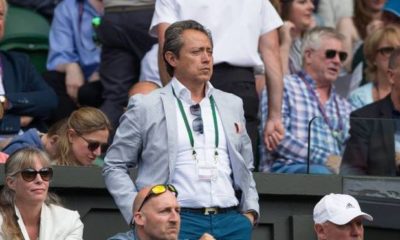
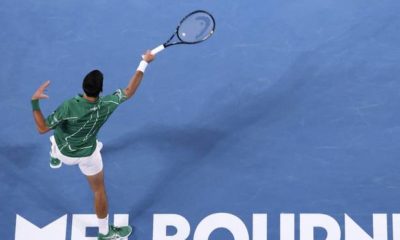
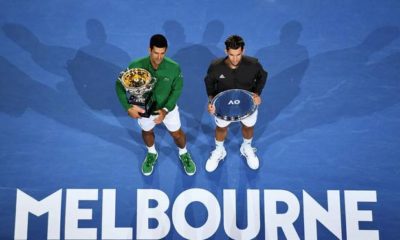

You must be logged in to post a comment Login